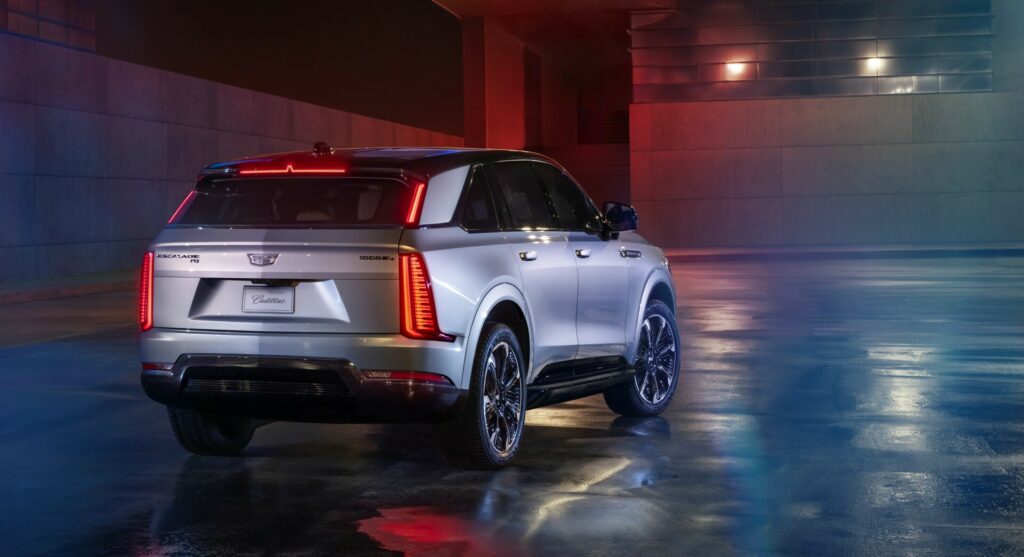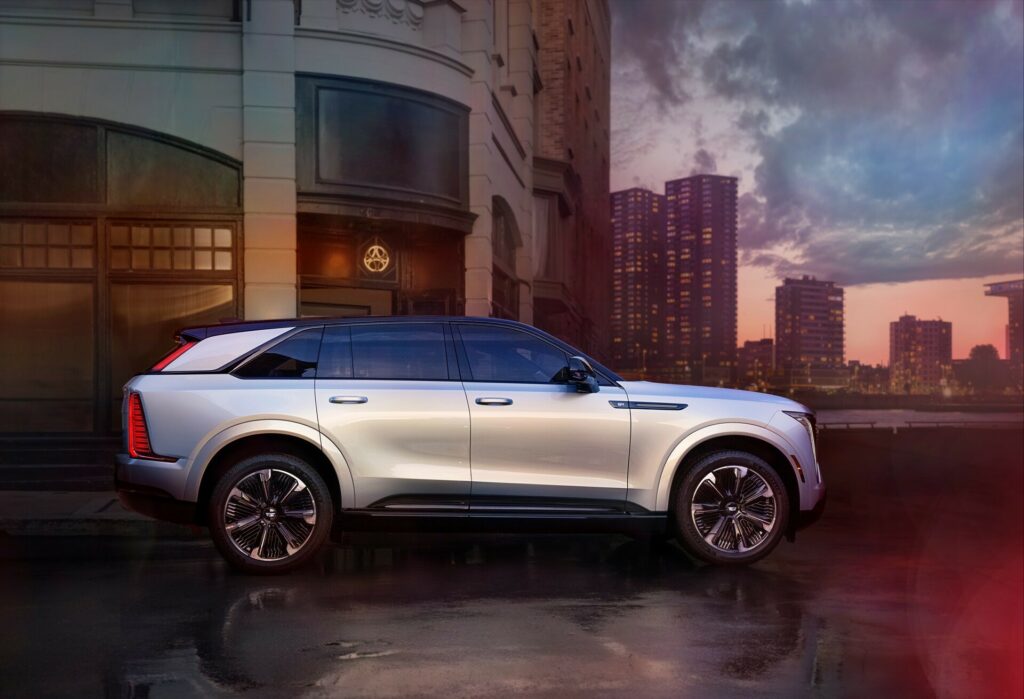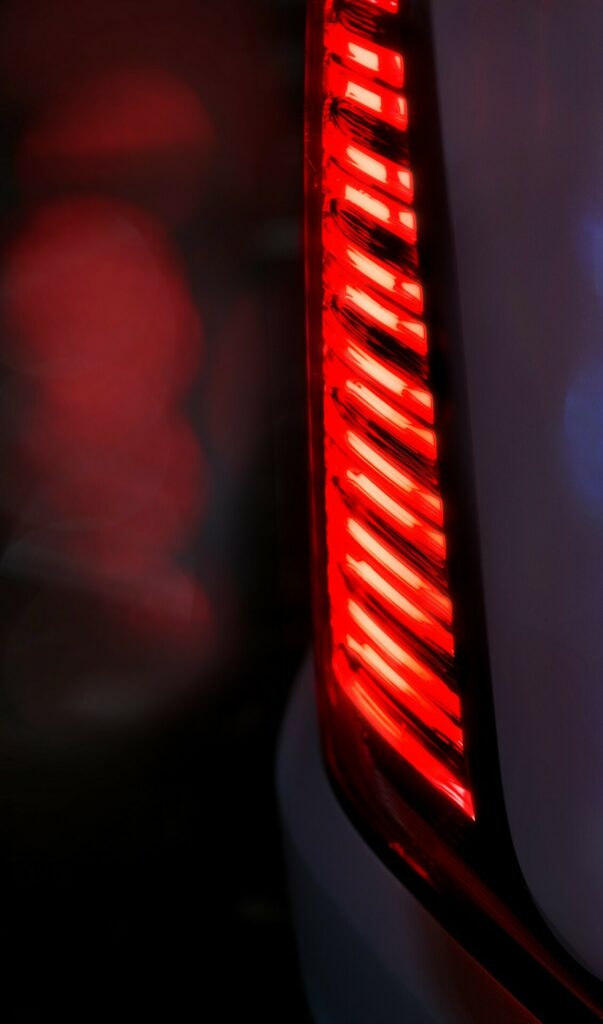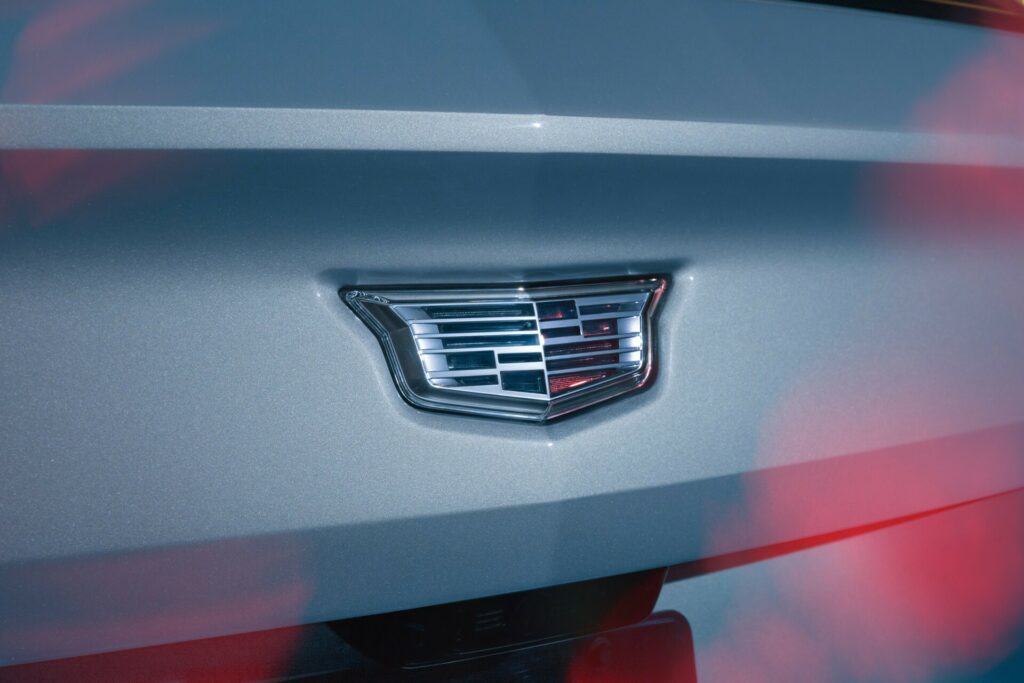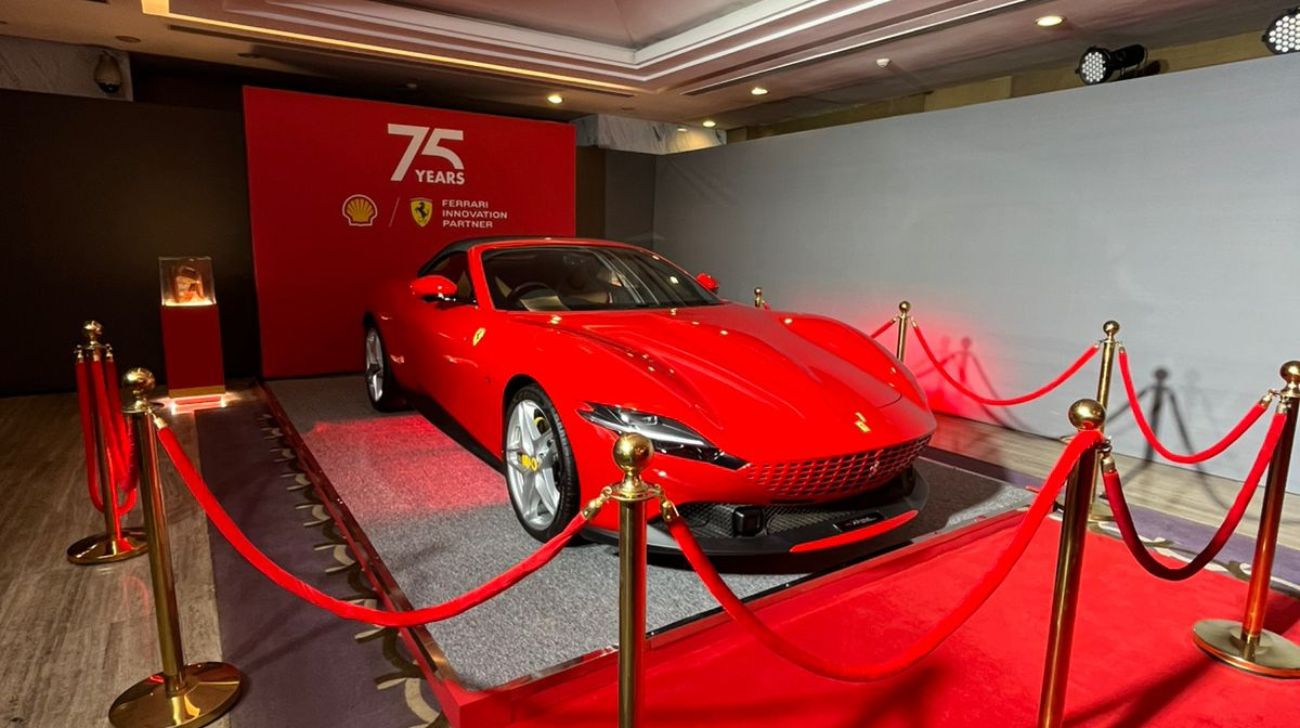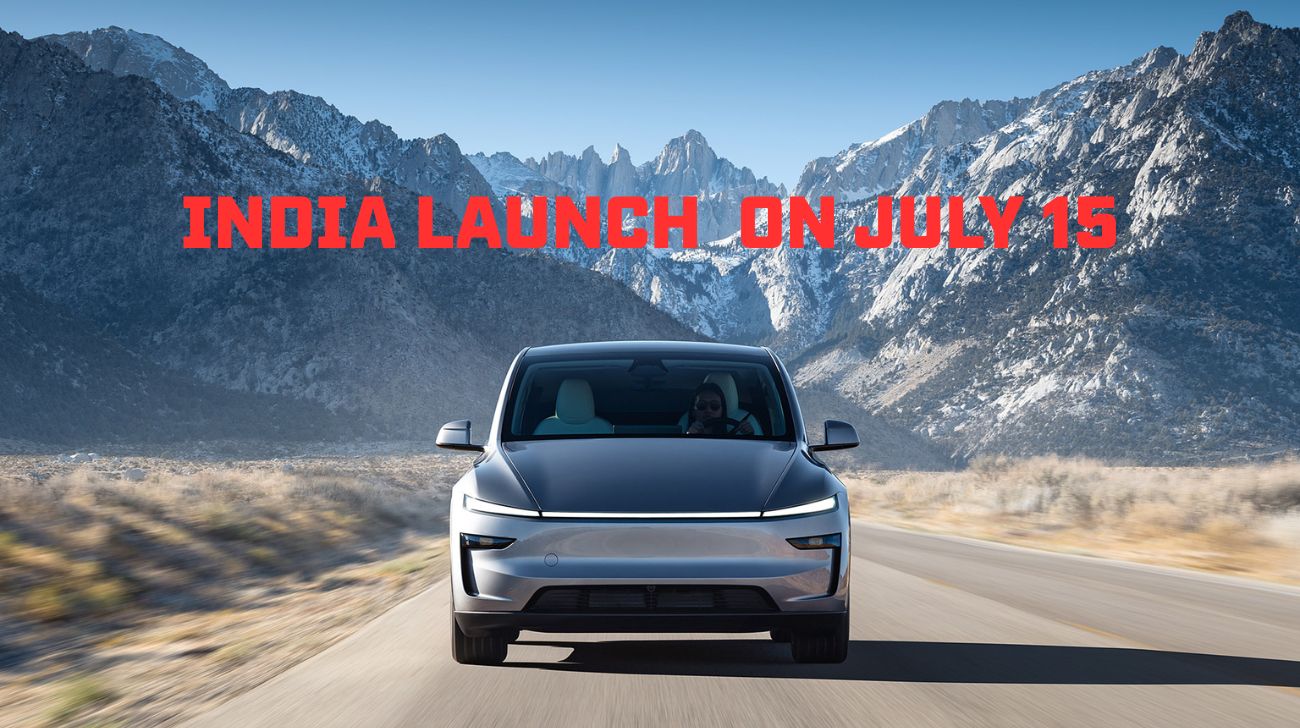The Cadillac Escalade need no introduction because it is the vehicle that best represents the company's image of American luxury.
Despite its modest origins, the SUV has grown to become a cultural phenomenon, and the firm has sold over a million of them since its 1998 debut. The Escalade has evolved greatly over time, but as Cadillac transitions to an electric-only fleet by 2030, it is currently undergoing its most major change. This indicates that the 2025 Escalade IQ is the electrified Escalade, which was always going to happen.
We were captivated by the new design, which incorporates parts from the Lyriq and Escalade when Cadillac unveiled the car at a preview event last week. The final product is eye-catching and far more sporty than we're used to.
The streamlined design serves more purposes than just aesthetics since aerodynamics are crucial for efficiency and range. Designers laboriously reduced the coefficient of drag by around 15% as a consequence. The Escalade IQ's smooth underbody, active lower intake, and aerodynamically improved 24-inch wheels allowed for this significant decrease. Along with the flush-side glass, geometric lines, and a fixed glass roof with a UV filtering film to keep the cabin comfortable.
A significant amount of Lyriq DNA is present, which is most seen up front where the vehicle is sporting a black crystal shield grille. It is completely enclosed and has carefully planned lighting displays that are sure to catch people's attention.
Speaking of lighting, it's become crucial to the Cadillac design. The taillights are slender and much more daring than those on the ICE-powered vehicle, while the vertical headlights feature little crests on the side. Illuminated door handles and a luminous Cadillac crest on the dashboard, both visible from the car's exterior, connect them.
The Escalade IQ includes an "eTrunk" that opens to expose a carpeted compartment with 12.2 cubic feet (345 litres) of storage space, in contrast to the Lyriq's lack of a frunk. The compartment on the underside of the hood contains a Cadillac crest and a power port.
A power open-and-close entry system, which enables all four doors to be controlled at the push of a button, is available to customers wishing to make a statement. When the owner approaches the car, the system may even unlock the driver's door for them.
There is a motorised charging port that opens with a touch and is related to power doors. That's a wonderful feature. However, the port is conspicuously placed close to the back of the car.
Cadillac executives told us that they would offer Luxury and Sports trims, and the remainder of the design is much more appealing. The latter uses dark metal finishes and black flourishes, while the former includes brushed aluminium embellishments.
Due to the contrast of the black roof, customers can also choose a two-tone design. It is attractive in person, particularly when combined with a silver exterior and the Sport trim.
Regarding colour, Cadillac displayed a traditional black and two silver hues. Along with the intense, cherry-like red, the corporation also showcased a pale blue colour.
The vehicle had dimensions of 224.3 inches (5,697 mm) in length, 94.1 inches (2,389 mm) in width, and 76.1 inches (1,934 mm) in height, with a wheelbase measuring 136.2 inches (3,460 mm). In spite of having a 2.1-inch (53-mm) larger wheelbase than the Escalade ESV, the vehicle is 2.7 inches (69 mm) shorter than the latter.
Cadillac interiors frequently fell short of expectations since they were decent for a GM product but not at all competitive. That has been shifting over time, and the Lyriq marked a significant advancement by bidding the GM parts bin farewell.
With the Escalade IQ, Cadillac is making rapid progress, whereas the Lyriq revealed they were still learning how to walk. Finally, seeming on par with Mercedes and BMW in terms of material quality and design makes the six-figure price tag much easier to accept. While there are a few indications of cheapness, they are mostly contained in the cargo area and are simple to miss.
The cabin draws significantly from the opulent Celestiq and has a 55-inch curved display with speakers that double as end caps. The driver has around 35 inches of space dedicated to them, including a Google-integrated entertainment system in the centre. The Google Play store, where users can download their preferred apps, Google Maps, and Google Assistant are all accessible through this.
An 11-inch front command centre that looks to be centred on temperature controls and vehicle settings is located further below. A stylish controller and a wireless phone charger are attached to it.
The crossover will also have a number of other driver assistance features, including as HD Surround Vision cameras, Intersection Automatic Emergency Braking, Front Pedestrian and Bicycle Braking, and Blind Zone Steering Assist. A device called Enhanced Automatic Parking Assist is also available to buyers; it can "automatically steer, brake, and shift gears to park the vehicle into a dedicated parallel or perpendicular parking space."
The Escalade IQ includes a 200 kWh, 24-module battery pack that will provide the vehicle a range of around 450 miles (724 kilometres). This is 162 miles more than the BMW iX M60 and 165 miles more than the Mercedes EQS SUV 580 4MATIC.
The dual-motor all-wheel-drive system's combined output of 680 horsepower (507 kW / 689 PS) and 615 lb-ft (834 Nm) of torque continues the excellent streak. In Velocity Max mode, those increase to 750 horsepower (559 kW / 760 PS) and 785 lb-ft (1,063 Nm).
The Ultium platform is used by the Escalade IQ, which also has an adjustable air ride suspension and Magnetic Ride Control 4.0. With the latter, the car may be lowered or lifted up to two inches (50 mm). In relation to that, the SUV has a moderate Ride Mode that permits driving at moderate speeds with the suspension completely reduced.
A one-pedal driving mode and Variable Regen on Demand are also available to customers. Like the Lyriq, the latter feature is probably controlled by a pressure-sensitive paddle on the rear of the steering wheel.




